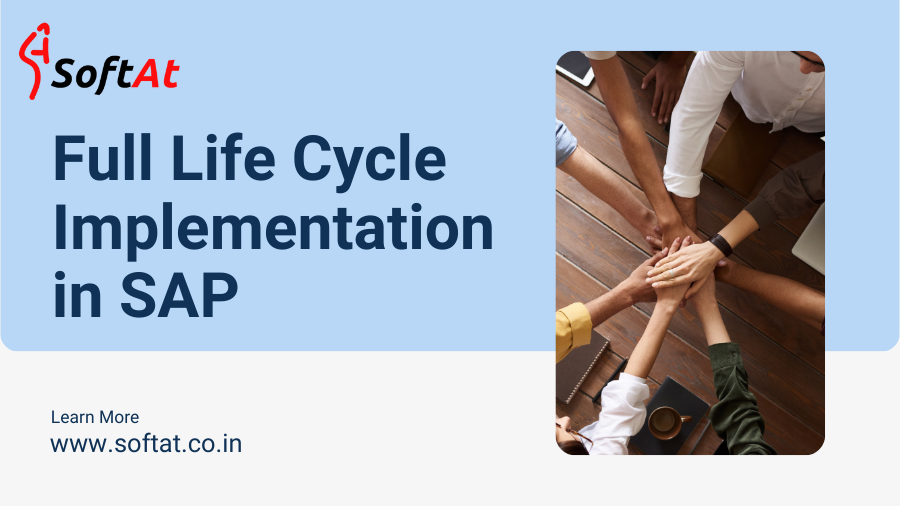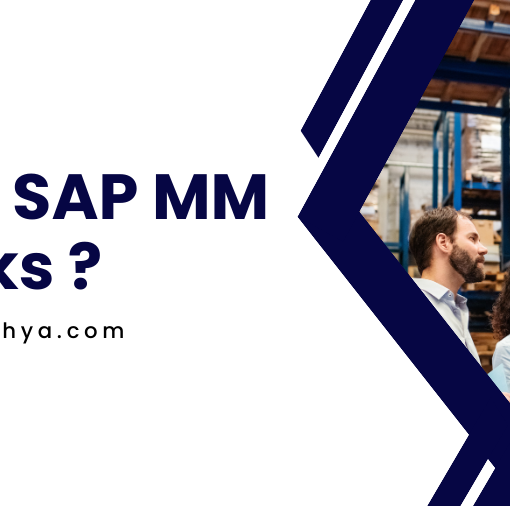Full Life Cycle Implementation in SAP for an organization is a comprehensive process that initiates from requirement gathering, analysis, solution design, mapping, and finally, implementation. This entire development follows specific stages, often referred to as the ASAP (Accelerated SAP) Strategy, ensuring a systematic approach:
- Project Preparation: Setting the foundation for the SAP implementation, understanding organizational needs, and defining project goals.
- Business Blueprint: Creating a detailed plan, mapping out processes, and defining how SAP will meet business requirements.
- Realization: Turning the blueprint into a working system by configuring SAP according to the defined business processes.
- Final Preparation: Conducting system testing, training end-users, and preparing for the transition to the live system.
- Go Live: Transitioning from the old system to the new SAP system, making it operational for daily use.
How to Showcase Full Life Cycle in Your Resume:
1) What Your Team Has Done: Provide details about your company’s involvement in the SAP project, including:
- Company Name
- SAP Version
- Oracle Version
- Team Size
- Team Leader
2) Your Role in the Project: Briefly describe your role in the project, specifying the modules and transactions you worked on.
Extending the Article:
A successful SAP implementation involves collaboration, strategic planning, and meticulous execution. Your resume should reflect not just the technical aspects but also your contribution to the project’s success.
Conclusion:
In conclusion, a Full Life Cycle Implementation in SAP is a multifaceted process crucial for aligning organizational processes with SAP functionalities. Demonstrating your team’s accomplishments and specifying your role in the project enhances your resume, showcasing your practical experience in SAP implementations.
5 FAQs:
- What is ASAP Strategy in SAP Implementation?
- ASAP (Accelerated SAP) is a methodology that provides a roadmap for SAP implementations, emphasizing efficiency and quick results.
- How important is the Final Preparation Stage?
- The Final Preparation stage ensures that the SAP system is thoroughly tested, end-users are trained, and everything is in place for a smooth transition to the live system.
- What should be included in the Business Blueprint?
- The Business Blueprint should include detailed plans on how SAP will fulfill business requirements, including process maps and configurations.
- Why is the Go Live phase critical?
- The Go Live phase marks the transition to the operational SAP system, and its success ensures the organization can function smoothly with the new system.
- How does SAP Version impact implementation?
- The SAP Version determines the features and functionalities available, impacting how the system is configured and utilized during implementation.
You may be interesting in
ERP Implementation best practices
What is the Software Testing Life Cycle ? STLC Phases Explained





